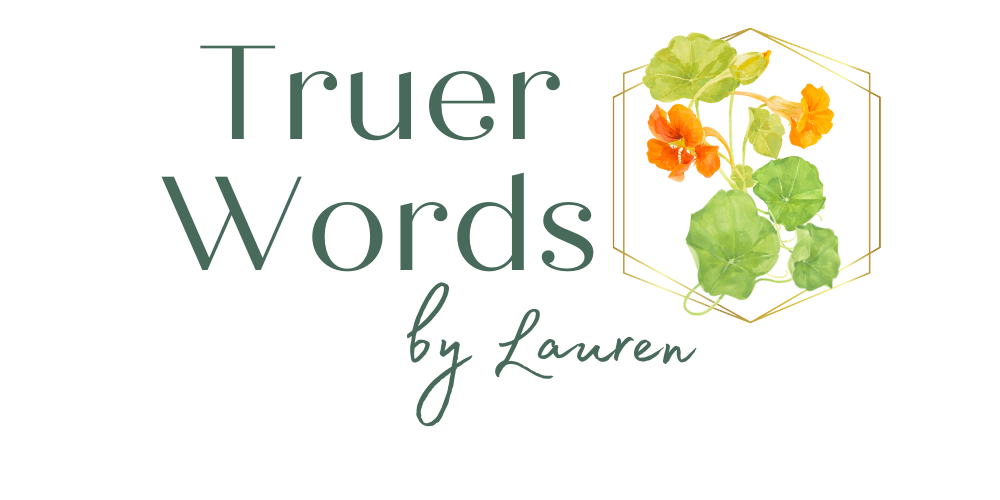Show Me the Damn PRICE
On my way to the bathroom in Nordstrom: "Oooh, look at the 1940s throwback!"
Sales pages: I'm calling you OUT.
I just read a sales page that was not only written by one (or two) of the best copywriters in North America, but was written FOR copywriters - to go to a copywriter convention. The long-form sales page followed all the rules.
It's eye-catchingly colorful
The header copy makes a big, bold promise that speaks to a HUGE (and deeply desired) benefit. And drops a pain point into the mix (make more money; stop second-guessing yourself).
To add interest and a dash of desire, there's the "if you want to succeed in this line of work, hit this CTA button" sentence, right before the big, bright CTA button. (That's Call-to-action, for those of you who are blessedly unburdened with marketing jargon)
And it goes on from there, covering big fears of the target audience, digging into the most common pain points like a masseuse using her elbow. Then introducing the CURE FOR EVERYTHING!
It's very exciting. It's compelling. And there's another CTA in the middle of the page before we move down to the FAQs/Differentiator section.
This page is a study in how to write a long-form sales page.
Except...
It's pissing me off.
And I say that with love. I know the copywriters behind it. I like them a lot. I respect their work tremendously and appreciate how much value they've added to the copywriting community with their fantastic Facebook group and podcast. They are truly doing a service.
But...
Don't kid a kidder. Don't scam a scammer. And don't use your sales tactics on a fellow marketer.
Sometimes I wonder if I'm the only one, but I expect some professional courtesy from other copywriters. I expect them to be transparent and honest and up front.
So when I have to click one of those CTA buttons just to figure out what the PRICE IS, I feel had.
And annoyed.
And very resistant to attending this convention, even if there are people there I'd like to see. Even if the value offered is huge. Even if I will learn something that will change my business, inspire me, introduce me to life-changing contacts, etc.
Sure, this sales page followed all the rules. But, in my opinion, they forgot something.
Robert Cialdini's 5th principle of persuasion:
People buy from people they like, and people like people they trust.
Paraphrased from Robert Cialdini's 6 principles of persuasion
Hiding the price behind a CTA undermines my trust, because it feels (and is) manipulative.
Now, there's a reason they chose to hide the price.
Have you ever noticed that the bathroom inside a Macy's or Nordstrom is located waaay at the back? You have to walk through the entire floor to get there. Which means you have to look at all the merchandise. It's like that.
They want you to read the entire sales page - two or three times if you're me, wondering if you missed the price on the first round. They want to get you hooked on the promises, so that when you see the price, you're already wanting to get in on this incredible opportunity.
It's manipulative, but it works. On most people. I'm sure they'll get a great turnout. But I won't be there.
This is the sticky wicket we, as conscious, kind, non-salesy entrepreneurs have to navigate.
We have to weigh the marketing strategies that have been known to work - really well - against what feels good and right to us, AND what will help our target audience make the best possible decisions for themselves.
That's my personal gut-checklist.
Does this tactic work?
Does this tactic feel icky?
Will this tactic help my ideal client make the best possible choice for them?
Notice that this is a BIG departure from how most marketers operate. Usually it's:
Does this tactic work?
Will this tactic convert the prospect into a buyer?
Will it undermine trust and the relationship in the long-term? (ie. bad for business)
Is it legal?
For most marketers, the focus is on the conversion. I'm a conversion copywriter - that's my specialty too. But I don't want to push someone into buying because it's good for me, or even because makes a buck for my client.
I want to help people to make the choices that will help them become happier, healthier people. And, I want to feel good about how I do that.
I believe that's how we create loving, sustainable businesses that spread like wildfire from word-of-mouth.
So, where do I think the price should go on a long-form sales page?
For my clients - coaches, whose target audiences value honesty and transparency, and need to feel a deep sense of trust - I would put the price in the middle of the page.
I would use the above-the-fold header copy to introduce the biggest benefits, maybe tag a pain point that the target audience suffers, and go through the usual pattern of benefits, pain points, fears, and social proof (testimonials).
Then I would list everything they're going to get, with the price. And the CTA button.
But we're not done - that's just the middle of the page.
From there, I like to address any lingering concerns with an FAQ section, sprinkled with some testimonials. To calm any doubts, I recommend some kind of guarantee, if possible.
And finally, end with a beautiful picture and your biggest, most loving promise. Because every decision is, really, an emotional one.
Ending with one more CTA, and perhaps an offer to "message me with any questions."
I don't think we should ignore icky feelings when marketing our businesses. They are there to tell us something: That there's a better way to connect with people.
We just have to find it.

